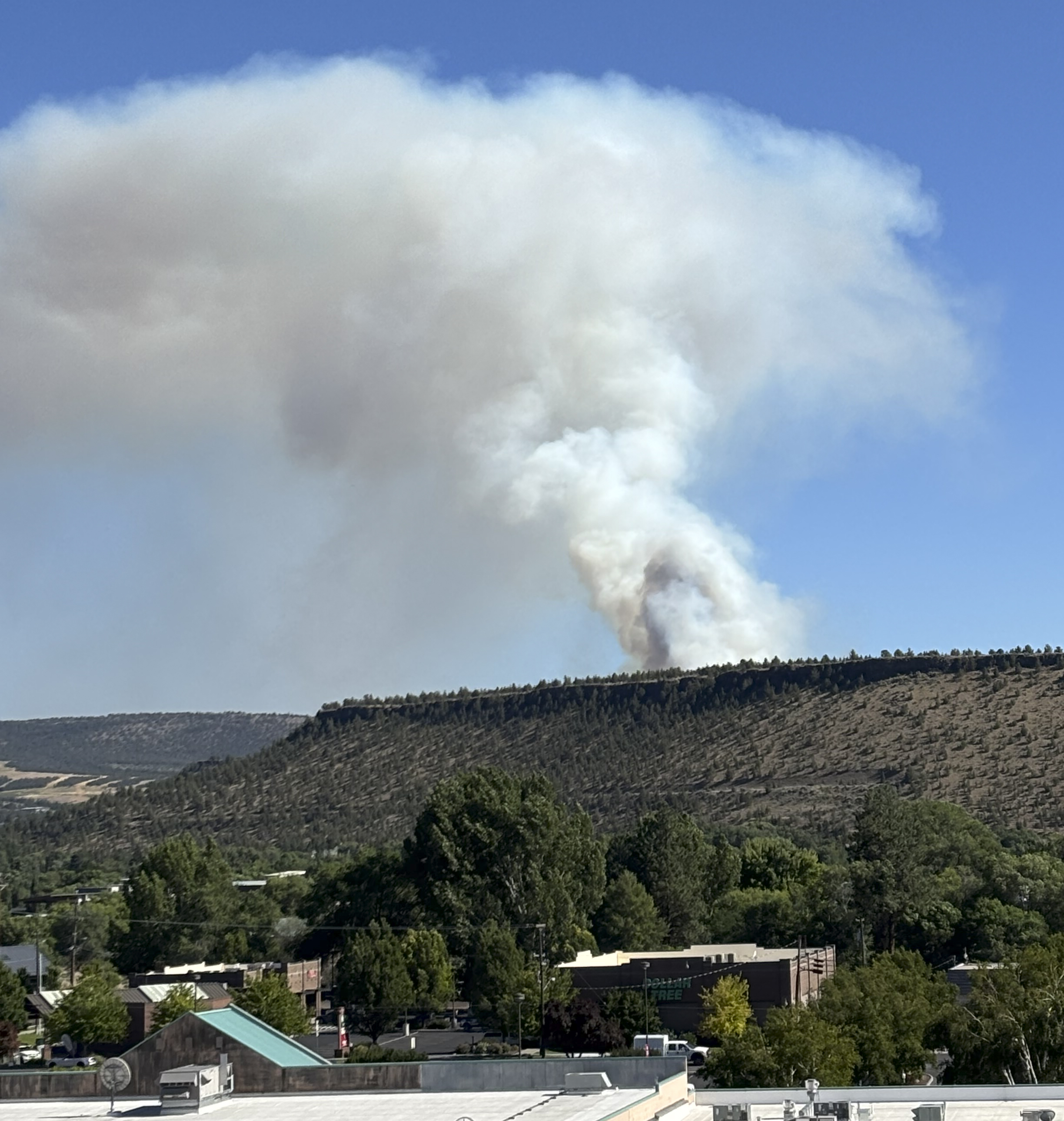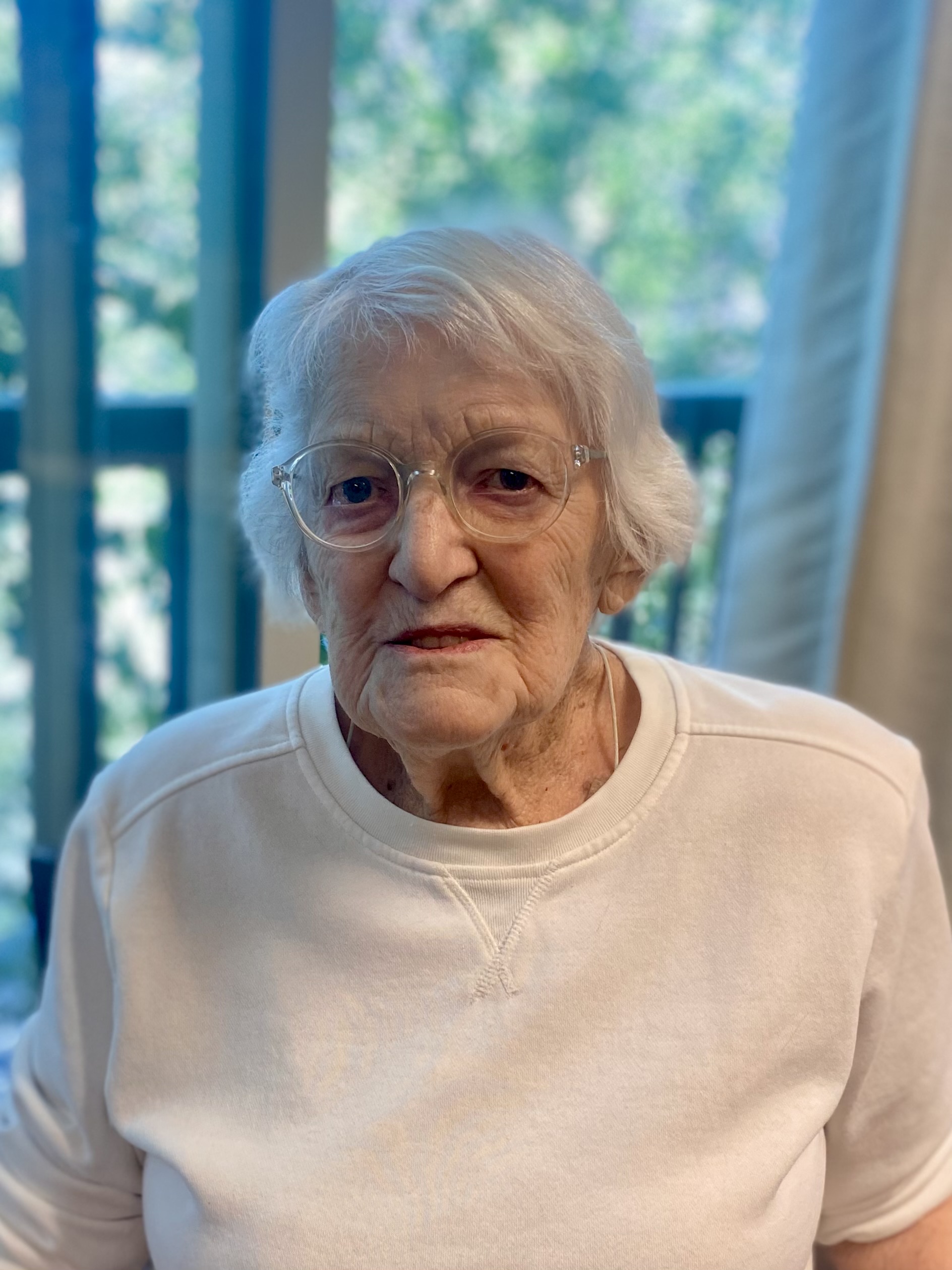Offbeat Oregon: The swindle than led to Sisters
Published 4:00 am Thursday, October 10, 2024

- A segment of the Santiam Wagon Road through the lava fields in east Linn County, in the Willamette National Forest, as it appears today.
Editor’s note: This is the second in a series. To read it in its entirety, go to redmondspokesman.com.
Trending
The biggest wagon-road scam in early Oregon history was the Willamette Valley and Cascade Mountain Military Wagon Road, which left Albany and followed more or less what today is Highway 20.
Like the Dalles-Boise road, this one started out as a real, unsubsidized wagon road — the part that later became known as the Old Santiam Wagon Road and ran between Albany and Sisters. Construction started in 1864, and a company of soldiers actually helped finish that section. The soldiers were traveling on the road to Fort Polk, near Sisters, but they caught up with the construction crew short of the fort and pitched in to help finish it.
The military-wagon-road legislation land grant reached the Santiam Wagon Road backers just in time. They also had run into financial difficulties by 1867. But after that, they transitioned smoothly from a real road building outfit into a free-land scammer, pushing through Central Oregon at a furious pace with no intention of the road ever being used in order to grab that free government land.
Trending
Even the western part of the Santiam Wagon Road could be pretty sketchy. Historian David Braly reports that part of the path through the Cascades was less than seven feet wide, and with stumps in the right-of-way up to a foot high. It could only be crossed during a few summer months.
But the Santiam Wagon Road, from Albany through to Sisters, quickly became an important enough route to matter. For a good 75 years it was the primary road linking the Willamette Valley with Central Oregon.
The part east of the Cascades, however, was basically a string of trail markers blazed through the richest and most well-watered areas the builders could find — except for a long stretch of the Steens Trail which they simply appropriated. On many days the crews “built” 15 miles of road, presumably by walking along and driving stakes into the ground every hundred feet or so to mark the way.
In total, the company got 861,512 acres of free land for their trouble. They ended up not only with that, but also with the right to charge tolls on the Santiam River portion that was actually being used. Everything east of the Cascades was abandoned as soon as the land grants were made.
Giving away other people’s land
Some of the land grants weren’t actually the government’s to give. Particularly in the Prineville area, much of the land the company claimed had already been settled. The ranchers and homesteaders who had built homes and barns and other improvements on it were furious.
Led by Elisha Barnes, mayor of Prineville, they fought a legal battle to get the land grants overturned. But the battle dragged on into the 1880s, and by then the lands had been sold and resold to innocent third parties and investors. Finally, in 1893, the U.S Supreme Court ruled that the grants were valid, and the settlers had to either leave the farms they’d spent decades developing, or become tenants on their own property.
If they’d had a little more self-awareness, those settlers might have wondered if this was how the Indians had felt when they themselves came along.
“It is considered one of the most brilliant fakes ever perpetrated on the American public,” wrote historian F.A. Shaver in 1905, and President Grover Cleveland called the grants “unblushing frauds.” But the Supreme Court ruled they were legit, and everyone had to just give it up and move on.
On a side note, the Santiam Wagon Road was still in use as a toll road well into the 1920s. In 1905, a pair of curved-dash Oldsmobile cars passed over it, on their way to the Lewis and Clark Centennial Exposition in Portland. They were Old Scout and Old Steady, two identical horseless carriages that had been driven all the way from New York in the first transcontinental automobile race. The toll collector didn’t know what to charge for them, but he decided that since they kind of sounded like hogs, he’d charge the drivers the toll rate for hogs.
“Pioneer Roads in Central Oregon,” a book by Lawrence E. Nielsen & al. published in 1985 by Maverick Publications
“Crooked River Country,” a book by David Braly published in 2007 by WSU Press
Santiam Wagon Road exhibition at cascadevols.org








